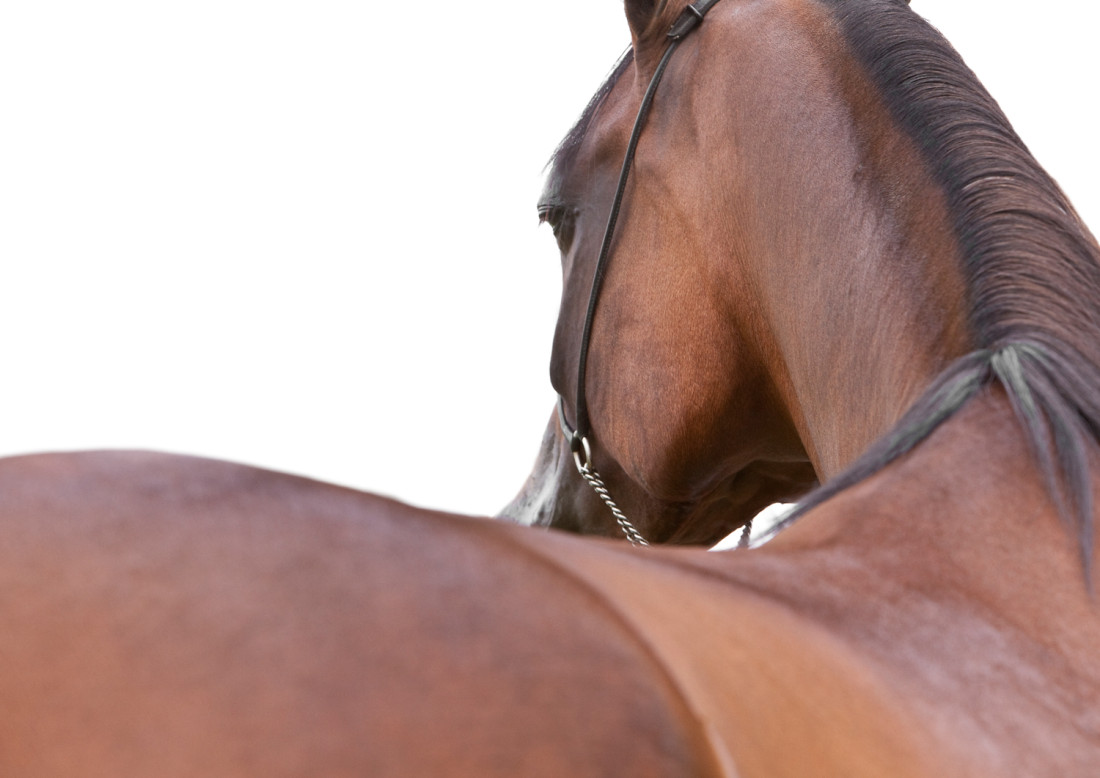
Understanding Equine Activity Statutes: What Can and Can’t They Do?
 Most equine professionals have heard of equine activity statutes and are generally aware that these statutes are a good thing for horse owners and professionals. But what exactly are the protections afforded under these statutes? And what can and can’t they do for us?
Most equine professionals have heard of equine activity statutes and are generally aware that these statutes are a good thing for horse owners and professionals. But what exactly are the protections afforded under these statutes? And what can and can’t they do for us?
Equine activity statutes are designed to limit the liability of equine professionals and activity sponsors for injuries or death to participants resulting from horse-related activities. As of August 2015, equine activity statutes have been adopted in 47 states. Nevada just recently adopted its statute, which will take effect on October 1, 2015. California, New York, and Maryland are the only states that do not have such laws. While these statutes will offer some protection to most people involved in horses, it is very important to understand what they do and don’t do.
The statutes vary by state but, in general, equine activity statutes protect equine professionals and activity sponsors from liability if an injury results from an “inherent risk” of equine activities. An “inherent risk” is a risk that is always present when a person engages in equine activities due to the unpredictability of a horse’s behavior. Typically, these statutes define inherent risk as:
- An equine’s propensity to behave in ways that may result in injury, harm, or death to a person on or around it;
- The unpredictability of an equine’s reaction to things such as sounds, sudden movement, people, other animals, or unfamiliar objects;
- A hazard such as surface or subsurface condition; and
- Colliding with another equine or object.
Some examples of inherent risks include falling off a horse that was spooked or getting kicked.
It is important to know that the statutes do not cover all risks associated with equine activities. The statutes generally set forth specific activities that are not considered inherent risks, such as:
- Knowingly providing faulty tack or equipment;
- Failing to make reasonable and prudent efforts to determine the ability of the participant in order to match the ability of the participant with an appropriate horse;
- Failing to warn the participant of a known, hidden dangerous condition; and
- Intentionally injuring the participant.
To illustrate, liability is likely not prevented where a riding instructor knowingly uses a broken saddle for a lesson, and the rider suffers serious injuries from a fall that resulted from the horse bucking when the saddle slipped. Likewise, the statute is unlikely to afford any protection to a riding instructor that uses a green broke horse for a lesson with a new, beginner rider.
It is also important to know that not all equine-related activities or participants are covered by the statutes. Covered activities are generally defined broadly to include equine shows, fairs, competitions and parades, equine training and teaching, boarding equines, and riding or inspecting a horse. Horse racing is a common exclusion from the definition of equine activities. Some statutes define a “participant” as an amateur or professional engaged in an equine activity; this definition might exclude spectators because they are not “engaged” in an equine activity.
Finally, many equine activity statutes have specific signage requirements and/or specific language that must be included in contracts or liability releases. In Michigan, for example, an equine professional is required to post and maintain signs that contain the specific warning set forth in the statute. The statute further requires that a sign be placed in close proximity to the equine activity, and that the warning notice appear in conspicuous letters no less than one inch in height. Michigan’s statute further requires that any written contract contain that same warning. If your state’s statute has such requirements, and you neglect to follow them, the protections may be lost.
A common misconception is that equine activity statutes protect equine professionals and activity sponsors from getting sued in the first place. This is incorrect. The equine activity statutes are not a complete bar to litigation — they do not prevent an injured party from filing a lawsuit. Rather, the statutes provide a legal defense to covered individuals (i.e., equine professionals and activity sponsors). This means that the case may be dismissed or thrown out early in the legal process. If the lawsuit is not dismissed in its entirety, the statute may assist in resolving the case for a lower settlement amount prior to trial. The statutes may also discourage people from suing because they make it more difficult for the injured party to establish liability.
In conclusion, it is essential that you have a full understanding of what your state’s equine activity statute does and does not do for you. It is important to read and understand the language of your state’s statute, and comply with its requirements. Knowing the statute’s limitations, an equine professional or activity sponsor should still use properly drafted contracts and releases, and speak with an equine insurance agency about proper liability coverage. Finally, it is always important to develop and maintain safe practices. Your best defense is always safety first.
